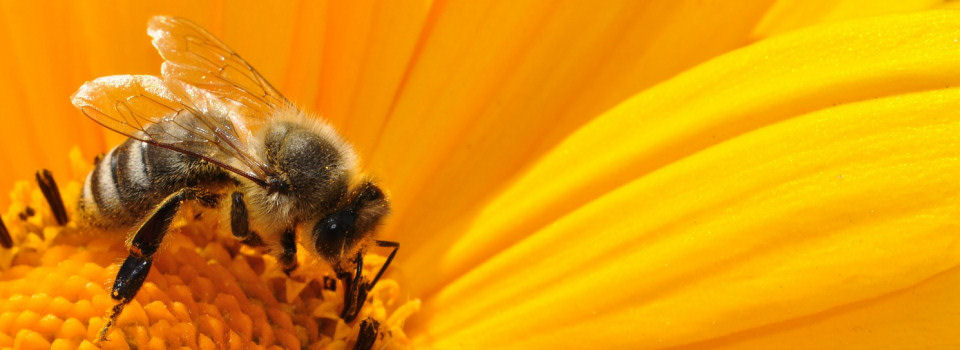Location:
First you need to select a place for your garden. A sunny location where you can find soil. If you don’t have a good spot in the ground, you can create a raised garden or use containers. Avoid an area that gets lots of heavy wind, a more protected or sheltered area would be best. You need a location that gets at least six hours of full sun.
Plant Selection:
For plant selection, you want to provide the requirements that pollinators need. (See Bees, Butterflies, and Hummingbirds in the menu.) There are many lists of plants available to help you in your choices. There is a list on the UC Davis Bee Haven website under resources. The bloom time is noted and whether the plants or flowers provide honey, pollen or propolis (see below). Flowers in bloom throughout the year are important for our Anne’s hummingbirds and butterflies that overwinter. The Honey Bee Haven list is focused on bees but many of these plants are attractive to other pollinators: butterflies, hummingbirds, moths, beetles, wasps, and beneficial flies.
Native plants:
Native plants evolved with native creatures and are suited to their needs. Native plants are four times more attractive to native bees than exotic flowers. Native plants are indicated with an asterisk on the bee haven list. UCCE Master Gardeners website under Free Garden Pubs and Pest Notes has other lists of native plants and well as the CNPS (California Native Plant Society) website. UC Arboretum website is also a source for pollinator friendly plants.
Avoid hybrids:
Avoid modern hybrids especially the double flower forms. These are bred varieties that look and smell pleasant for humans but aren’t always accessible for nectar or pollen for bees. Xerxes Society tells us, "Some [cultivars] are bred for a different color, some for double blooms or flower shape, other for disease resistance....Many of these cultivars are sterile and have no benefit to pollinators. Others have flower structures so complex a pollinator couldn't find its way to the center...." to find nectar or pollen.
Blooms available in all seasons:
Select a variety of plants that will allow for blooms throughout the seasons. Shrubs and trees tend to bloom early in the season and will provide a source of pollen and nectar when other sources are scarce. The bee haven list includes the bloom times for each plant. Flowers in bloom throughout the year are important for our Anne’s hummingbirds and Butterflies that over-winter.
Floral Rewards:
Choose flowers and plants that offer pollen for protein and nectar for carbohydrate. Oils and resin are secreted by some flowers to attract bees. Other sources of nectar are found in extra-floral nectaries and honeydew secreted by aphids or scale insects.
Bee preferences:
Most bees are oblivious to the color red. Pale to dark shade of purple and blue or white with violet markings (nectar guides) attract bees. Contrasting patterns of flower shades, tints, and tones further direct pollinators toward floral rewards such as nectar or pollen, much like the nighttime runway lights of an airport. Bees are also attracted to white, yellow, orange or pale to bright pink flowers as well. Bees are drawn to sweetly aromatic or minty scented blossoms.
Drifts:
Plant in patches or drifts of the same flowers. This allows for better foraging efficiency. Plant the flowers in drifts of about 3.5 to 4 feet in radius. Bees tend to visit only one type of flower per foraging trip, a trait known as “floral consistency.” Random flower visits would not allow the pollination necessary to set seed to maintain plant populations from year to year.
Water:
Provide a source of water. Bees need something to perch on such as rocks or corks. (see Bees Need Water at https://ucanr.edu/blogs/blogcore/postdetail.cfm?postnum=26345
Bare ground:
As already mentioned, most of the solitary bees are ground nesting bees. Females excavate a nest in dry soil and mound the loose soil around the nest entrance. The area needs to be free of mulch to find their homes. Bare ground; some bees like sloping ground, some like flat ground; is needed. A southern exposure for full sunlight is helpful. Nesting activity is limited to spring. One article suggested a planter with soil. (Ground-nesting bees include the digger bees (family Anthoporidae), sweat bees (family Halictidae), and mining bees (family Andrenidae).)
No Pesticides
Mud:
Female mason bees need mud to make the partitions to seal off the egg chambers, another reason to have bare ground without grass nearby. The mud needs to be moist but not soupy. Make sure the muddy area is not directly below the bee box because the newly emerged bees are weak and we don’t want them to fall in the mud. Butterflies can use a moist area for puddling.
Nesting Materials:
Provide nesting sites for wood-boring bees with dead trees, snags or fallen logs. Minimize pruning of pithy shrubs such as elderberry, sumac or hydrangea. Consider providing a bee box. Plants also offer nesting, egg-laying, and overwintering resources for pollinators, such as hollow or pithy canes; stalks, stems, or twigs; leaves, petals, or plant fibers; and exfoliating or peeling bark. When pruning long stemmed plants in the Spring, leave 18 to 24 inches to provide nesting sites inside the stem. New growth from the pruned perennial will hide the stubble. https://xerces.org/sites/default/files/publications/22-005_01_web-print.pdf
Propolis:
Propolis is a mixture of honey bee saliva and beeswax with resin gathered from tree buds, sap flows, or other botanical sources. Honey bees collect resin for propolis to construct and defend hives, weatherproof small cracks and holes, smooth surfaces, dampen vibrations, and protect themselves from bacteria, fungi, mites, and other intruders. Species of solitary mason bees also collect propolis to construct, partition, and seal nests.
